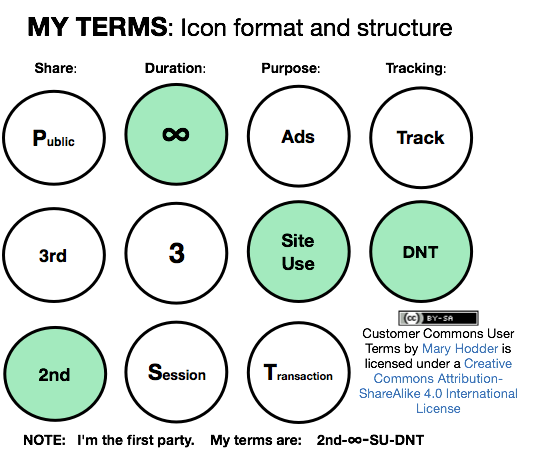The Aspen Institute just published a 180-page report by the Knight Commission on Trust, Media and Democracy titled (in all caps) CRISIS IN DEMOCRACY: RENEWING TRUST IN AMERICA. Its Call to Action concludes,
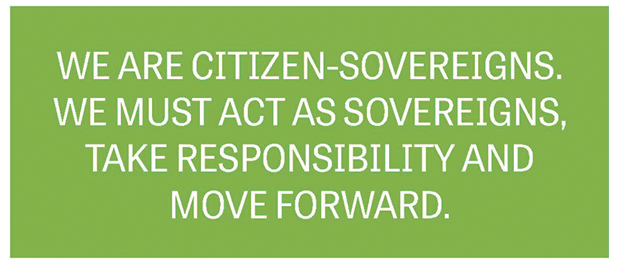 This is good. Real good. Having Aspen and Knight endorse personal sovereignty as a necessity for solving the crises of democracy and trust also means they endorse what we’ve been pushing forward here for more than a dozen years.
This is good. Real good. Having Aspen and Knight endorse personal sovereignty as a necessity for solving the crises of democracy and trust also means they endorse what we’ve been pushing forward here for more than a dozen years.
Since the report says (under Innovation, on page 73) we need to “use technology to enhance journalism’s roles in fostering democracy,” and that “news companies need to embrace technology to support their mission and achieve sustainability,” it should help to bring up the innovation we proposed in an application for a Knight News Challenge grant in 2011. This innovation was, and still is, called EmanciPay. It’s a citizen-sovereign way to pay for news, plus all forms of creative production where there is both demand and failing or absent sources of funding.
We have not only needed this for a long time, but it is for lack of it (or of any original and market-based approach to paying for creative work) that the EU is poised to further break our one Internet into four or more parts and destroy the open Web that has done so much to bring the world together and generate near-boundless forms of new wealth, inclusivity, equality, productivity and other good nouns ending in ty. The EU’s hammer for breaking the open Web is the EU Copyright Directive, which has been under consideration and undergoing steady revision since 2016. Cory Doctorow, writing for the EFF, says The Final Version of the EU’s Copyright Directive Is the Worst One Yet. One offense (among too many to list here):
Under the final text, any online community, platform or service that has existed for three or more years, or is making €10,000,001/year or more, is responsible for ensuring that no user ever posts anything that infringes copyright, even momentarily. This is impossible, and the closest any service can come to it is spending hundreds of millions of euros to develop automated copyright filters. Those filters will subject all communications of every European to interception and arbitrary censorship if a black-box algorithm decides their text, pictures, sounds or videos are a match for a known copyrighted work. They are a gift to fraudsters and criminals, to say nothing of censors, both government and private.
There are much better ways of getting the supply and demand sides of creative markets together. EmanciPay is one of them, and deserves another airing.
Perhaps now that Knight and Aspen are cheering the citizen-sovereign bandwagon, it’s worth welcoming the fact that our original EmanciPay proposal in open source form.
So here it is, copied and pasted out of the last draft before we submitted it. Since much has changed since then (other than the original idea, which is the same as ever only more timely), I’ve added a bunch of notes at the end, and a call for action. Before reading it, please note two things: 1) we are not asking for money now (we were then, but not now); and 2) while this proposal addresses the challenge of paying for news, it applies much more broadly to all creative work.
10:00pm Monday 31 January 2011
Project Title:
EmanciPay: a user-driven system for generating revenue and managing relationships
Requested amount from Knight News Challenge
$325,000
Describe your project:
EmanciPay is the first user-driven payment system for news and information media. It is also the first system by which the consumers of media can create and participate in relationships with media — and the first system to reform the legal means by which those relationships are created and sustained.
With EmanciPay, users can easily choose to pay whatever they like, whenever they like, however they like — on their own terms and not just those controlled by the media’s supply side. EmanciPay will also provide means for building genuine two-way relationships, rather than relationships defined by each organization’s subscription and membership systems. As with Creative Commons, terms will be expressed in text and symbols that can be read easily by both software and people.
While there is no limit to payment choice options with EmanciPay, we plan to test these one at a time. The first planned trials are with Tipsy, which is being developed in alongside EmanciPay, and which also has a Knight News Challenge application. The two efforts are cooperative and coordinated.
EmanciPay belongs to a growing family of VRM (Vendor Relationship Management) tools. Both EmanciPay and VRM grew out of work in ProjectVRM, which I launched in 2006, at the start of my fellowship with Harvard’s Berkman Center for Internet & Society. In the past four years the VRM development community has grown internationally and today involves many allied noncommercial and commercial efforts. Here is the current list of VRM development projects.
How will your project improve the delivery of news and information to geographic communities?:
Two ways.
First is with a new business model. Incumbent local and regional media currently have three business models: paid delivery (subscriptions and newsstand sales), advertising, and (in the case of noncommercial media) appeals for support. All of these have well-known problems and limitations. They are also controlled in a top-down way by media organizations. By reducing friction and lowering the threshold of payment, EmanciPay will raise the number of customers while also providing direct and useful intelligence about the size and nature of demand. This supports geographic customisation of news and information goods.
Second is by providing ways for both individuals and news organizations to create and sustain relationships that go beyond “membership” (which in too many cases means little more than “we gave money”). EmanciPay will also help consumers of news participate in the news development process. Because EmanciPay is based on open source code and open standards, it can be widely adopted and adapted to meet local needs. CRM (customer relationship management) software companies, many of which supply CRM systems to media organizations, are also awaiting VRM developments. (The cover and much of this CRM Magazine are devoted to VRM.)
What unmet need does your proposal answer?:
EmanciPay meets the need for maximum freedom and flexibility in paying for news and information, and for a media business model that does not depend only on advertising, membership systems, large donors or government grants. (This last one is of special interest at a time when cutting government funding of public broadcasting is a campaign pledge by many freshly elected members of Congress.)
Right now most news and information is free of charge on the Web, even when the same goods are sold on newsstands or through cable TV subscriptions. This fact, plus cumbersome and widely varied membership, pledging and payment systems, serves to discourage payment by media users. Even the membership systems of public broadcasting stations exclude vast numbers of people who would contribute “if it was easy”. EmanciPay overcomes these problems by making it easy for consumers of news to become customers of news. It also allows users to initiate real and productive relationships with news organizations, whether or not they pay those organizations.
How is your idea new?:
Equipping individuals with their own tools for choosing what and how to pay, and for creating and maintaining relationships, is a new idea. Nearly all other sustainability ideas involve creating new intermediators or working on improving services on the supply side.
Tying sustainability to meaningful relationships (rather than just “membership” is also new). So is creating means by which individuals can assert their own “terms of service” — and match those terms with those on the supply side.
EmanciPay is also new in the scope of its ambition. Beyond creating a large new source of revenues, and scaffolding meaningful relationships between supply and demand, EmanciPay intends to remove legal frictions from the marketplace as well. What lawyers call contracts of adhesion (ones in which the dominant party is free to change what they please while the submissive party is nailed to whatever the dominant party dictates) have been pro forma on the Web since the invention of the cookie in 1995. EmanciPay is the first and only system intended to obsolete and replace these onerous “agreements” (which really aren’t).
Once in place and working, EmanciPay’s effects should exceed even those of Creative Commons, because EmanciPay addresses the demand as well as the supply side of the marketplace. And, like Creative Commons, EmanciPay does not require changes in standing law.
Finally, EmanciPay is new in the sense that it is not centralized, and does not require an intermediary. As with email (the protocols of which are open and decentralized, by design), EmanciPay supports both self-hosting and hosting in “the cloud.” It is also both low-level and flexible enough to provide base-level building material for any number of new businesses and services.
What will you have changed by the end of the project?:
First, we will have changed the habits and methods by which people pay for the media goods they receive, starting with news and information.
Second, we will have introduced relationship systems that are not controlled by the media, but driven instead by the individuals who are each at the centers of their own relationships with many different entities. Thus relationships will be user-driven and not just organization-driven.
Third, we will have created a new legal framework for agreements between buyers and sellers on the Web and in the networked world, eliminating many of the legal frictions involved in today’s e-commerce systems.
Fourth, we will have introduced to the world an intention economy, based on the actual intentions of buyers, rather than on guesswork by sellers about what customers might buy. (The latter is the familiar “attention economy” of advertising and promotion.)
Why are you the right person or team to complete this project?:
I know how to get ideas and code moving in the world. I’ve done that while running ProjectVRM for the last four years. As of today VRM tools are being developed in many places, by many programmers, in both commercial and noncommercial capacities, around the world, Those places include Boston, London, Johannesburg, Dubuque, Santiago, Belfast, Salt Lake City, Santa Barbara, Vienna, and Seattle. Much of this work has also been advanced at twice-yearly IIW (Internet Identity Workshop) events, which I co-founded in 2005 and continue to help organize.
As Senior Editor of Linux Journal, I’ve been covering open source code development since 1996, contributing to its understanding and widespread adoption. For that and related work, I received a Google-O’Reilly Open Source Award for “Best Communicator” in 2005.
I helped reform both markets and marketing as a co-author of The Cluetrain Manifesto, a business bestseller in 2000 that has since become part of the marketing canon. (As of today, Cluetrain is cited by more than 5300 other books.) I also coined Cluetrain’s most-quoted line, “Markets are conversations.”
I helped popularize blogging, a subject to which I have been contributing original thinking and writing since 1999. I also have more than 12,000 followers on Twitter.
EmanciPay is also my idea, and one I have been working on for some time. This includes collaboration with PRX and other members of the public radio community on ListenLog (the brainchild of Keith Hopper at NPR), which can be found today on the Public Radio Player, an iPhone app that has been downloaded more than 2 million times. I am also working on EmanciPay with students at MIT/CSAIL and Kings College London. The MIT/CSAIL collaboration is led by David Karger of the MIT faculty, and ties in with work he and students are doing with Haystack and Tipsy.
I’ve also contributed to other VRM development efforts — on identity and trust frameworks, on privacy assurance, on selective disclosure of personal data, and on personal data stores (PDSes), all of which will help support EmanciPay as it is deployed.
What terms best describe your project?:
Bold, original, practical, innovative and likely to succeed.
What tasks/benchmarks need to be accomplished to develop your project and by when will you complete them? (500 words)
1) Engaging of programmers at MIT and other institutions within two months.
2) Establishment of Customer Commons (similar to Creative Commons) within two months.
3) Getting EmanciPay into clinical law case study by classes at law schools, one semester after the grant money arrives.
4) Beta-level code within six months.
5) Recruitment of first-round participating media entities (journals, sites, blogs, broadcast stations — completed within six months.
6) Relationships established with PayPal, Google Checkout and other payment intermediators within six months.
7) Tipsy trials within three months after beta-level code is ready.
8) Full EmanciPay trials within six months after beta-level code is ready.
9) Research protocols completed by the time beta code is ready.
How will you measure progress?: (500 words)
1) Involvement in open source code development by programmers other than those already paid or engaged (for example, as students) for the work
2) Completion of code
3) Deployment in target software and devices
4) Cooperation by allied development .orgs and .coms
5) Adoption and use by individuals
6) Direct financial benefit for news organizations.
All are measurable. We can count programmers working on code bases, as well as patches and lines of code submitted and added. We can see completed code in downloadable and installable form in the appropriate places. We can see and document cooperation by organizations. We can count downloads and monitor activities by users (with their permission). And we can see measurable financial benefits to news and information organizations. Researching each of these will be part of the project. For example, we will need to provide on our website, or directly, descriptions of accounting methods for the organizations that will benefit directly from individual contributions.
Do you see any risk in the development of your project?: (500 words)
EmanciPay is likely to be seen as disruptive by organizations that are highly vested in existing forms of funding. One example is public broadcasting, which has relied on fund drives for decades.
There is also a fear that EmanciPay will raise the number of contributors while lowering the overall funding dollar amount spent by contributors. I don’t expect that to happen. What I do expect is for the market to decide — and for EmanciPay to provide the means. Fortunately, EmanciPay also provides means for non-monetary relationships to grow as well, which will raise the perception of value by users and customers, and the likelihood that more users will become customers.
How will people learn about what you are doing?: (500 words) remaining
We will blog about it, talk about it at conferences, tweet about it, and use every other personal and social medium to spread the word. And we will use traditional media relations as well — which shouldn’t be too hard, since we will be working to bring more income to those media.
We have a good story about an important cause. I’m good at communicating and driving stories forward, and I and have no doubt that the effort will succeed.
Is this a one-time experiment or do you think it will continue after the grant?: (500 words)
EmanciPay will continue after the grant because it will become institutionalized within the fabric of the economy, as will its allied efforts.
In addition to the Knight News Challenge, does your project rely on other revenue sources? (Choose all that apply):
[ ] Advertising
[ ] Paid Subscriptions
[ x ] Crowd-Funded
[ ] Earned Income
[ ] Syndication
[ ] Other
Here’s what happened after that.
- Customer Commons was incorporated as a California-based 501(3)(c) nonprofit shortly after this was submitted. (It is also currently cited in this CNN story and this one by Fox News.) Almost entirely bootstrapped, Customer Commons has established itself as a Creative Commons-like place where model personal privacy policies and terms of engagement that individuals proffer as first parties can live. Those terms are among a number of other tools for exercising citizen sovereign powers. “CuCo” also plans, immodestly, to be a worldwide membership organization, comprised entirely of customers (possible slogan: “We’re the hundred percent”). In that capacity, it will hold events, publish, develop customer-side code that’s good for both customers and businesses (e.g. a shopping cart of your own that you can take from site to site), and lobby for policies that respect the natural sovereignty and power of customers in the digital world. After years of prep, and not much asking, Customer Commons is at last ready to accept funding, and to start scaling up. If you have money to invest in grass roots citizen-sovereign work, that’s a good place to do it.
- Commercial publishers, including nearly all the world’s websites (or so it seems) became deeply dependent on adtech—tracking based advertising—for income. (I reviewed that history here in 2015.) We’ve been fighting that. So have governments. Both the GDPR in Europe and the California Consumer Privacy Act were called to existence by privacy abuses funded by adtech. (Seriously, without adtech, those laws wouldn’t have happened.)
- The current VRM developments list is a large and growing one. So is our list of participants.
- Some of the allied projects mentioned in the proposal are gone or have morphed. But some are still there, and there are many other potential collaborators.
- Fintech has become a thing, along with blockchain, distributed ledgers and other person-driven solutions to the problem of excessive centralization.
- The word cluetrain is now mentioned in more than 13,000 books. And, twenty years since it was first uttered, cluetrain is also tweeted almost constantly.
- I am now editor-in-chief of Linux Journal, the first publication ready to accept terms proffered by readers, starting with a Customer Commons one dubbed #NoStalking.
That list could go on, but it’s not what matters.
What matters is that EmanciPay was a great idea when we proposed it in the first place, and a better idea now. With the right backing, it can scale.
If you want to solve the problem of paying for news (or all of journalism), there is not a more democratic, fair, trust-causing and potentially massive idea on the table, for doing exactly that, than EmanciPay. And nobody is better potentiated to address lots of other problems and goals laid out in that Knight Commission report. One example: An immodest proposal for the music industry.
If you’re interested, talk to me.





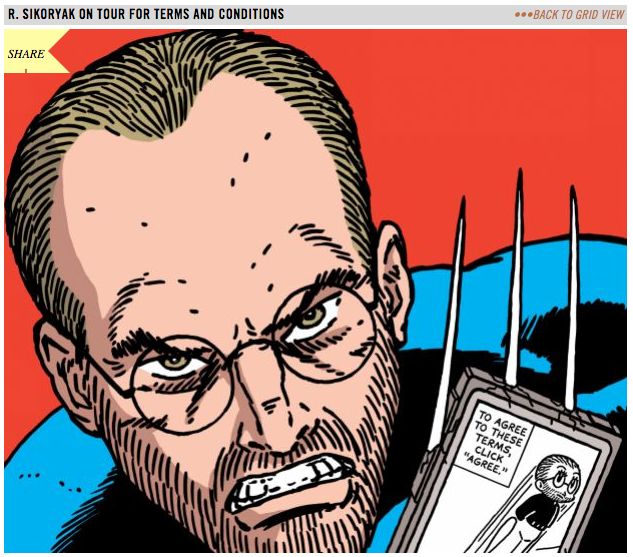
 The
The difference between Phase One and Phase Two is
difference between Phase One and Phase Two is 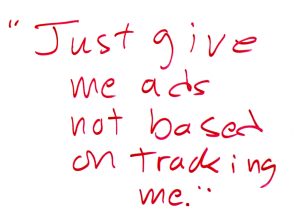 Next steps in tracking protection and ad blocking. At the last VRM Day and IIW, we discussed
Next steps in tracking protection and ad blocking. At the last VRM Day and IIW, we discussed 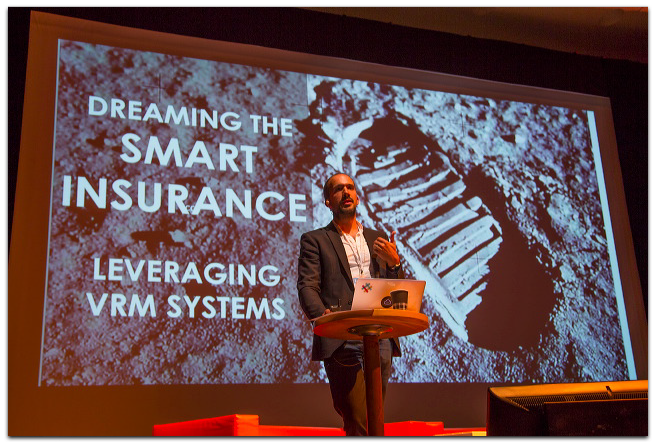
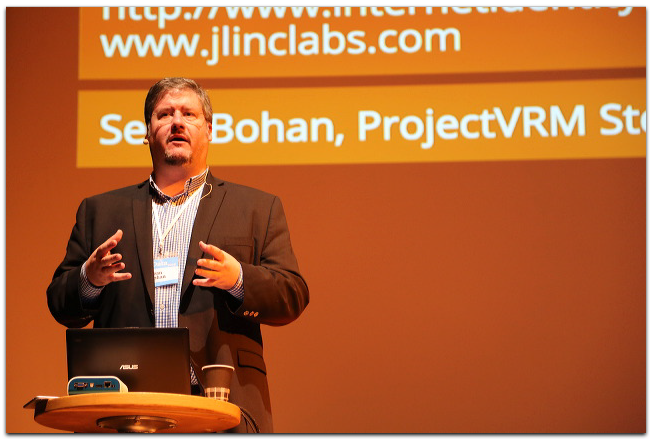
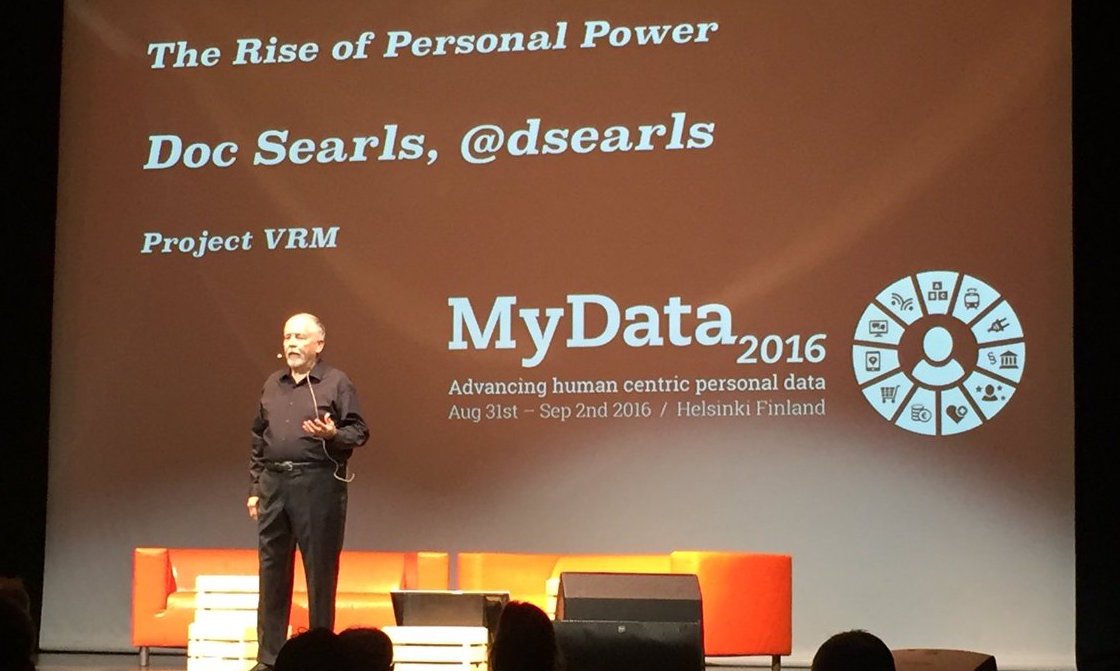



 Scale for customers means being able to issue signals to whole markets in one move.
Scale for customers means being able to issue signals to whole markets in one move.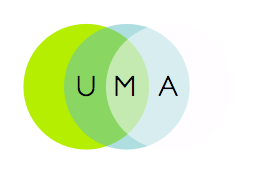 UMA, for User Managed Access
UMA, for User Managed Access